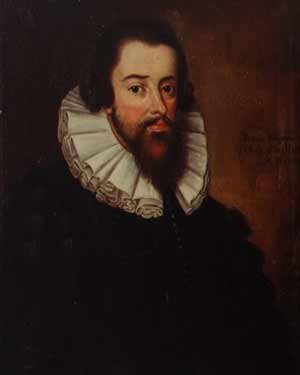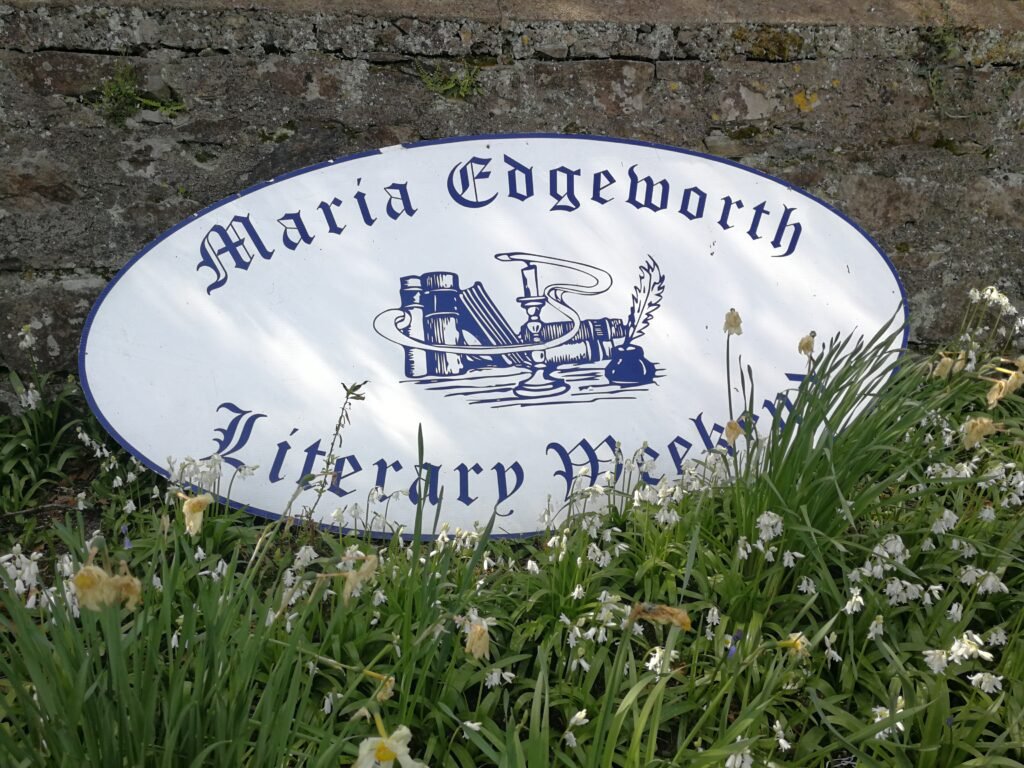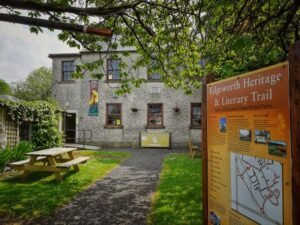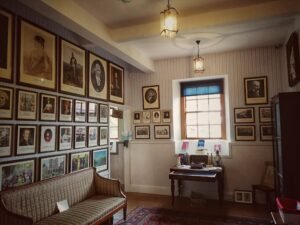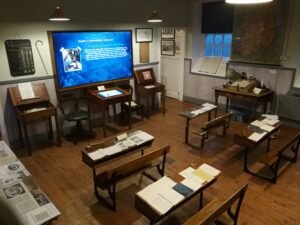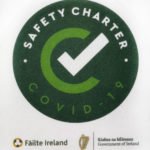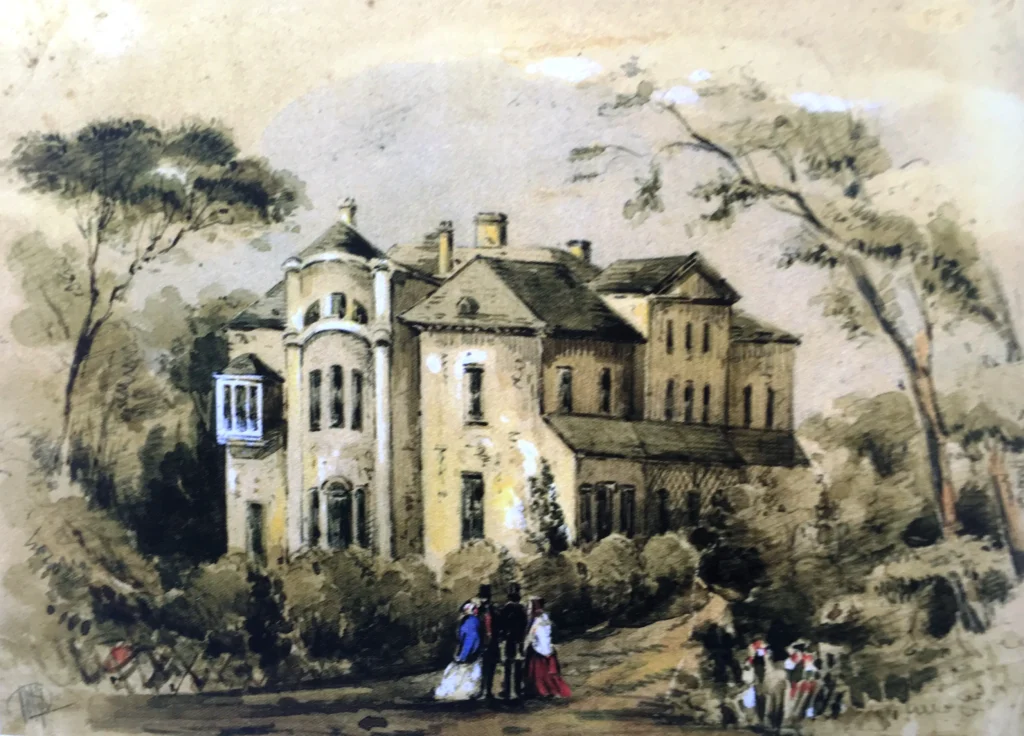
It was not until the early 1700s when Richard Edgeworth inherited the estate, that life began to change in Edgeworthstown.
He cleared the estate of all its encumbrance and built the Manor House in 1720s. It still stands to this day and now serves the community as a residential home for older people.
Richard Edgeworth had a son who was christened Richard Lovell. He, in turn, inherited the estate in 1782 and was very much a reforming landlord who had a particular interest in education.
Richard Lovell Edgeworth married four times and had twenty-two offspring. His eldest daughter was the famous novelist, children’s writer and educationalist Maria Edgeworth.
The family continued to live and prosper in Edgeworthstown and they improved the living and working conditions of their tenants until 1935 when the estate was sold.

